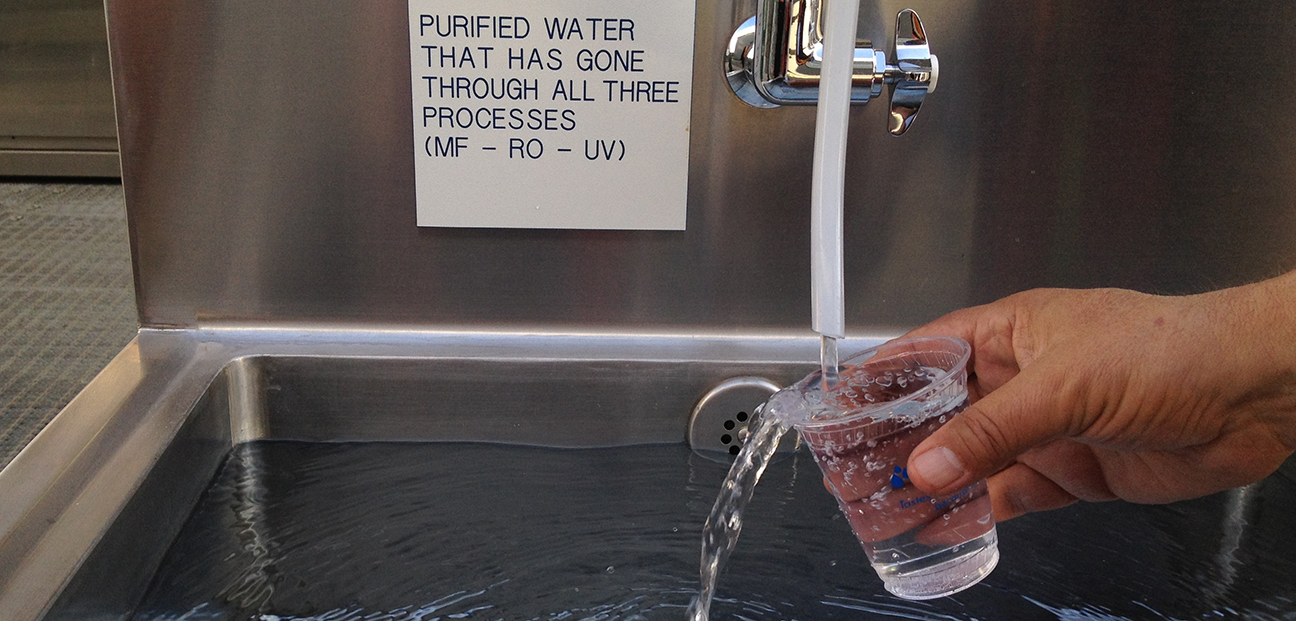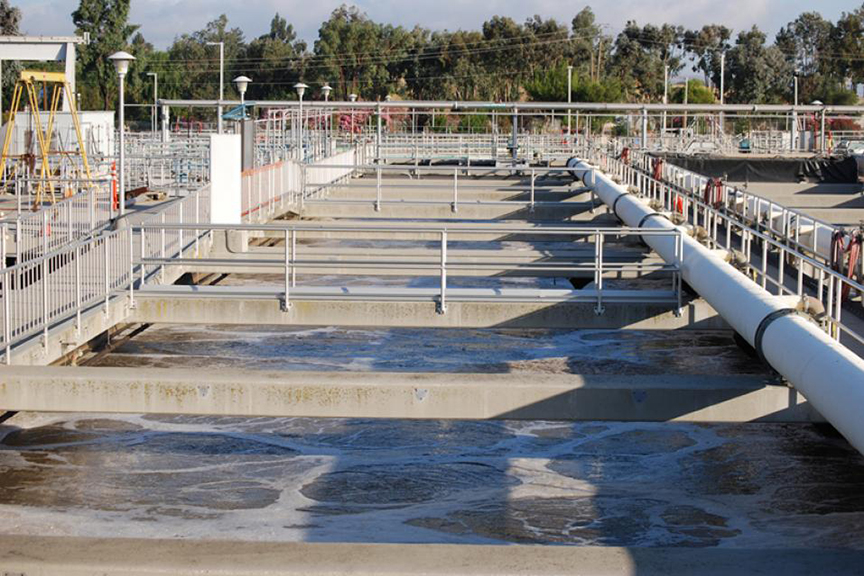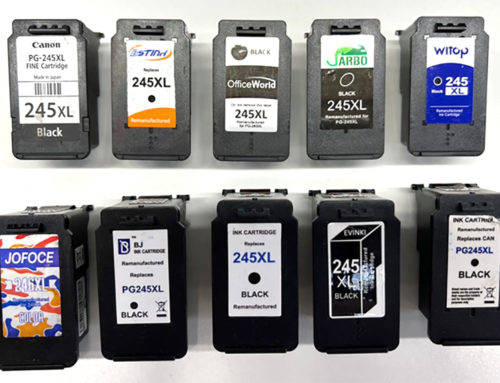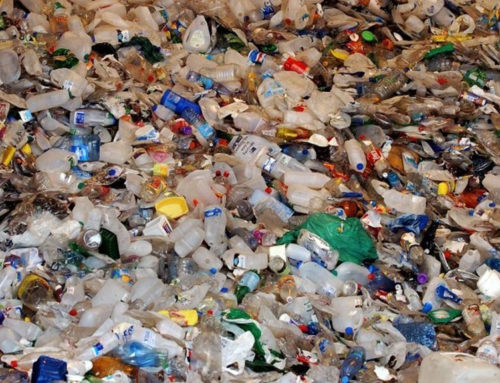In a groundbreaking move, California is poised to revolutionize its drinking water supply by turning highly purified sewage water into a viable option for its residents. Literally, sewage into drinking water. State water officials have recently unveiled a set of proposed rules that could pave the way for Californians to consume treated sewage water directly from their taps, marking a significant shift in the state’s water management practices.
For more than six decades, California, a region frequently plagued by droughts, has relied on recycled water to bolster its water resources. However, existing regulations mandate that this recycled water must first pass through a reservoir or an aquifer before becoming a part of the drinking water supply.
The proposed rules, mandated by state law, represent a monumental departure from the status quo. They require an extensive process of treatment and monitoring before wastewater can be integrated into the drinking water supply, either directly from the treatment facilities or by mixing it with raw water upstream of a drinking water treatment plant.
The treatment process is an intricate one, involving a series of steps aimed at eliminating chemicals and pathogens that persist in sewage even after undergoing traditional primary, secondary, and sometimes tertiary treatment. The process includes ozonation, bacterial digestion, activated carbon filtration, multiple rounds of reverse osmosis, oxidation with hydrogen peroxide, and exposure to high-intensity UV light. It also involves the restoration of valuable minerals, such as calcium, that may have been filtered out. Ultimately, the treated wastewater undergoes the same rigorous treatment that conventional drinking water undergoes.
Darrin Polhemus, deputy director of the state’s Division of Drinking Water, expressed confidence in the quality of the water produced, stating, “Quite honestly, it’ll be the cleanest drinking water around.”
The proposed regulations, spanning 62 pages and over a decade in the making, have garnered consensus among health and water experts. A panel of engineering and water quality scientists found an earlier version of the regulations to be protective of public health, although they did raise concerns about the energy-intensive nature of the treatment process.

While this purified sewage into drinking water is expected to be costlier than imported water, it offers a more sustainable and dependable supply for California, particularly as the challenges of climate change persist. A significant portion of treated sewage, approximately 400 million gallons daily in Los Angeles County alone, currently finds its way into rivers, streams, and the ocean.
Although the draft rules were released on July 21st, they are still subject to public comments, hearings, and peer reviews by expert panels before finalization. The State Water Resources Control Board is legally bound to vote on them by the end of December, with likely implementation by April. However, it will take several years for this treated sewage water to reach consumers.
Heather Collins, water treatment manager for the Metropolitan Water District of Southern California, welcomed the regulations as they provide clarity for designing a massive water recycling project, Pure Water Southern California, in collaboration with the Los Angeles County Sanitation Districts. The project, backed by $80 million in state funding, aims to produce 115 million gallons of recycled water daily by 2032, benefiting nearly 385,000 households. While most of this water will recharge groundwater stores, around 20% may augment drinking water supplies upstream of Metropolitan’s existing treatment plant.
These regulations are introduced at a critical juncture as California grapples with recurring droughts, necessitating innovative water sourcing strategies. In 2021, Californians utilized approximately 732,000 acre-feet of recycled water, equivalent to the consumption of about 2.6 million households. However, much of this recycled water is allocated for non-drinking purposes, such as landscape irrigation, golf course maintenance, and crop cultivation.
Governor Gavin Newsom’s vision for California includes a 9% increase in recycled water use by 2030 and more than doubling it by 2040, emphasizing the importance of water recycling in securing the state’s water future.
While some recycled water is already used to replenish underground stores that supply drinking water, the new regulations could pave the way for direct potable reuse. This would mean delivering highly purified water directly to consumers’ taps, a concept that has already been explored in other states like Texas.
However, California’s statewide regulations are expected to be the most stringent, ensuring the highest levels of safety for consumers. The treatment process aims to remove over 99.9999% of viruses and certain parasites, along with a range of chemical contaminants, including pharmaceuticals.
To address the complexity and variability of the chemical cocktail found in sewage, the regulations mandate extensive monitoring to ensure the efficacy of the treatment process. Water providers are required to monitor for harmful chemicals like lead and nitrates on a regular basis, providing an added layer of safety.
Despite the high standards set by these regulations, they also highlight the need for large-scale implementation due to the associated costs. Urban areas with substantial wastewater generation, like Los Angeles County, are more likely to adopt these practices. Smaller communities may find it financially challenging to implement similar systems.
The introduction of these regulations coincides with California’s increasing focus on finding innovative water solutions in the face of climate change. The regulations offer hope for a more resilient water supply in the state, albeit at a higher cost than traditional sources. As climate change continues to reshape California’s water landscape, these regulations represent a critical step toward securing the state’s water future.






